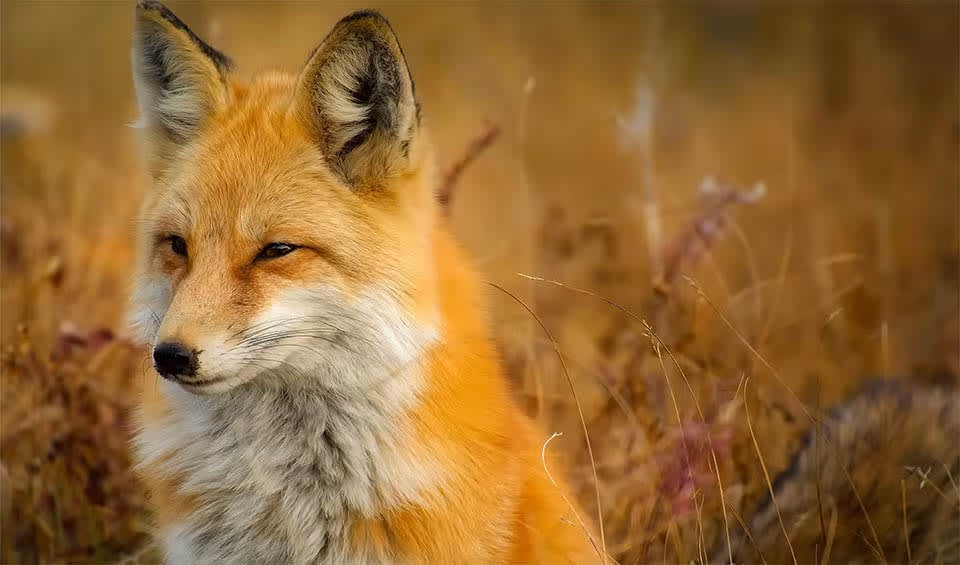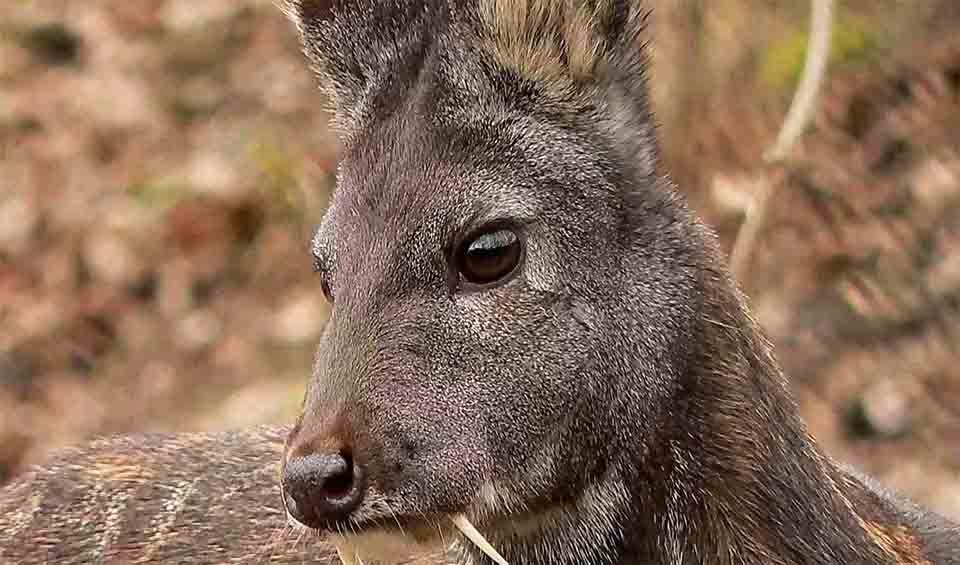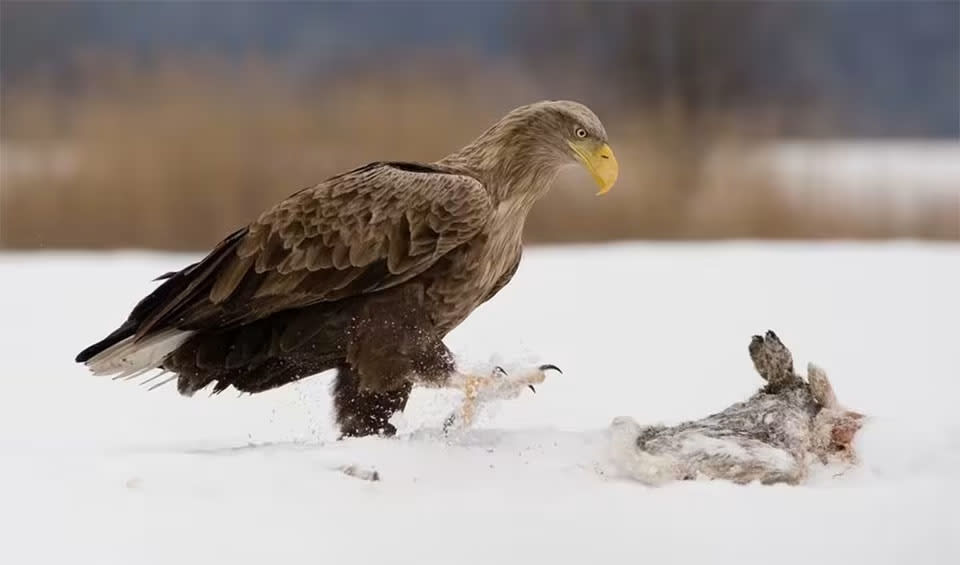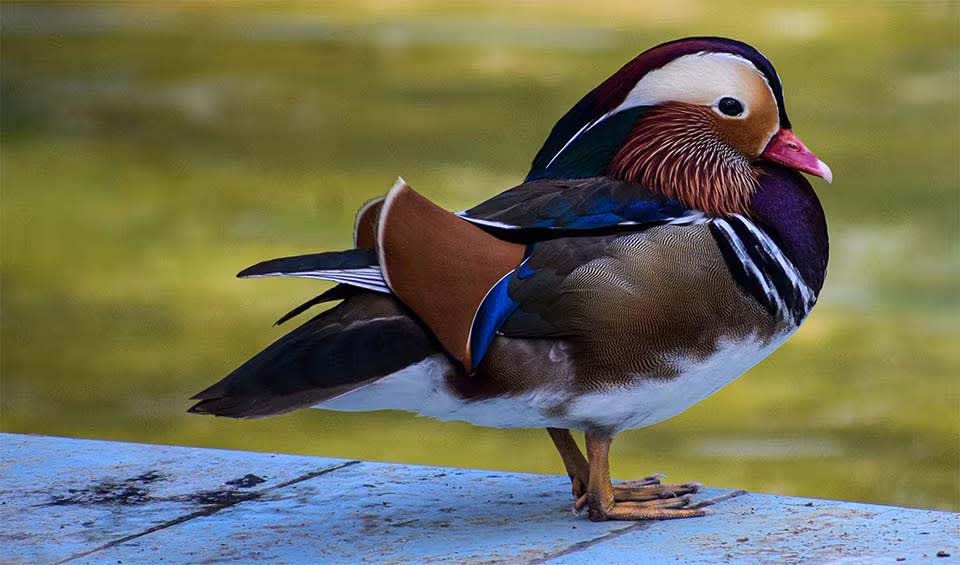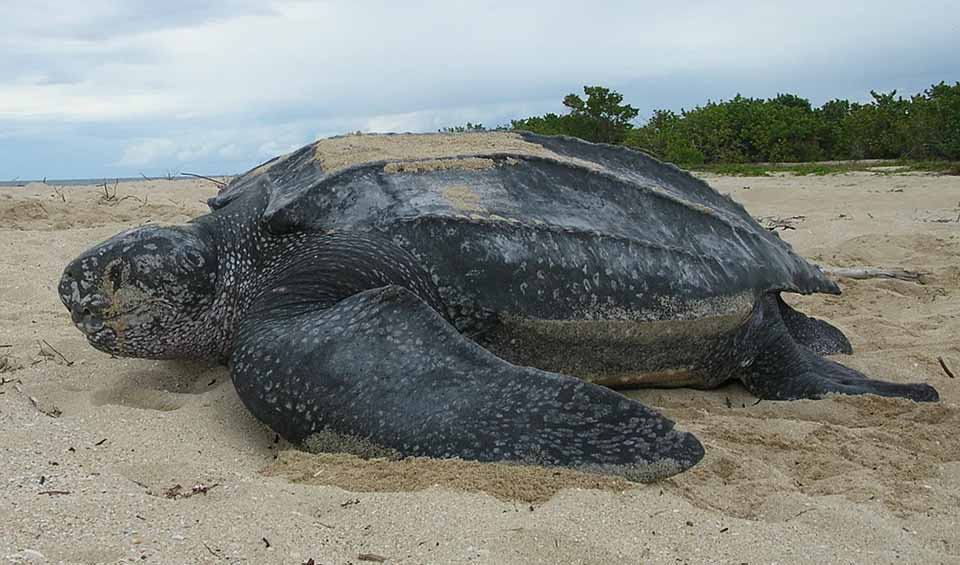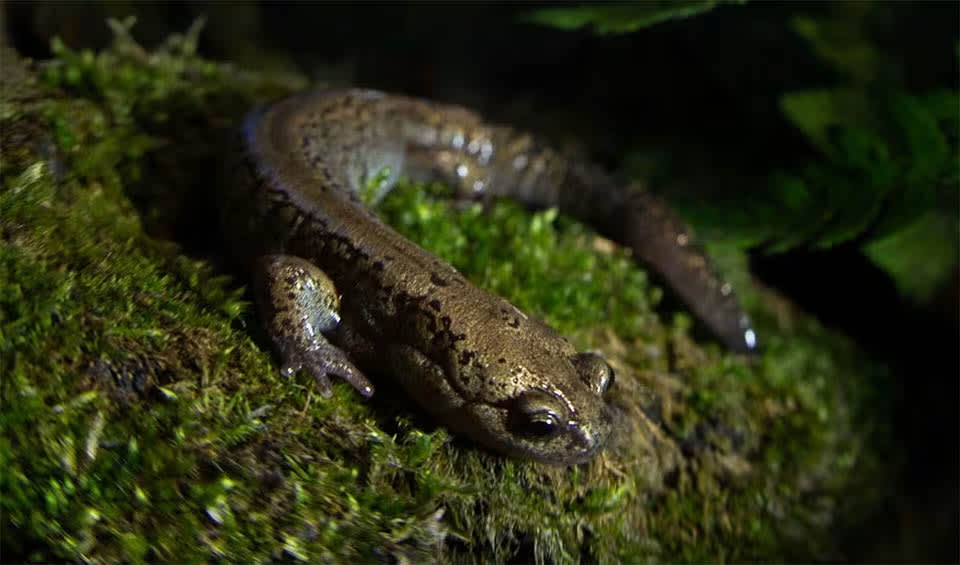North Korea, officially known as the Democratic People’s Republic of Korea (DPRK), is a country in East Asia that occupies the northern part of the Korean Peninsula. Its topography is predominantly mountainous, with hills and mountains separated by deep, narrow valleys. Approximately 80% of the country’s land area comprises mountains and uplands. The highest point is Paektu Mountain, a volcanic mountain near Manchuria, with an elevation of 2,744 meters (9,003 feet) above sea level. The coastal plains are wide in the west and discontinuous in the east.
The country also has a temperate climate with four distinct seasons, experiencing cold winters and warm, humid summers. This climatic variation supports a range of flora and fauna, from temperate forests in the mountainous regions to wetlands along the river valleys.
Four pillars elaborated:
North Korea boasts an extensive system of protected areas, comprising national parks, nature reserves, and scenic landscapes, which collectively cover a substantial portion of the country’s territory. These areas showcase diverse ecosystems, ranging from alpine mountains to coastal wetlands. Since 1959, North Korea has maintained a well-rounded and ecologically representative network of protected areas, featuring 34 different types of designated zones spanning over 314,000 hectares (3,140 km²), equivalent to 2.4% of the total land area. Among these are nine national parks, four national monuments, two nature reserves, three protected areas, and one scenery reserve, as listed in the United Nations List of Protected Areas for 2018. Land Management
Land Management
North Korea’s national parks hold official recognition from the International Union for Conservation of Nature (IUCN) and the United Nations, meeting the criteria for IUCN Categories II, III, and IV. Many of these parks harbor rare endemic and endangered animal and plant species, with notable sites such as Mount Chilbo and Mount Kumgang identified as important bird areas. Mount Myohyang, designated as a World Biosphere by UNESCO in 2009, underscores North Korea’s commitment to biodiversity conservation efforts.
Threats to biodiversity in North Korea include habitat loss and degradation due to deforestation, agricultural expansion, and infrastructure development. Illegal logging and poaching also pose significant risks to wildlife populations. Additionally, pollution from industrial activities and mining operations can impact ecosystems and species health. Furthermore, the lack of environmental regulations and enforcement exacerbates these threats. Political tensions and the militarization of certain areas, such as the demilitarized zone (DMZ), can disrupt habitats and hinder conservation efforts. Climate change is another emerging threat, leading to changes in temperature and precipitation patterns, which can affect species distributions and ecosystem functioning. Threats to Biodiversity
Threats to Biodiversity
Despite facing environmental challenges, North Korea has launched several initiatives aimed at preserving and revitalizing its biodiversity. Tree planting campaigns have been rolled out to counter deforestation, particularly in regions surrounding Pyongyang and South Pyongan Province. Policies for forest restoration and prohibitions on cultivating steep slopes seek to prevent erosion and landslides. Additionally, investments have been made in renewable energy technologies to decrease dependence on coal and alleviate air pollution. Furthermore, participation in international environmental projects and cooperation has bolstered biodiversity conservation efforts and environmental safeguarding in North Korea. Capacity and Governance
Capacity and Governance
Information regarding future plans for addressing North Korea’s biodiversity crisis is limited and often not publicly disclosed by the North Korean government. However, it can be assumed that efforts may continue to focus on implementing conservation measures, such as expanding protected areas, promoting sustainable land management practices, and enhancing environmental regulations. International cooperation and participation in biodiversity conservation projects may also remain important avenues for North Korea to address its biodiversity challenges. Future Trends
Future Trends
Biodiversity
The country’s diverse landscapes include mountains, forests, rivers, and coastal areas, each supporting a wide range of flora and fauna. The northern and central mountainous regions are particularly significant, with the Baekdu-daegan mountain range being a prominent feature. These areas are home to coniferous and mixed forests that host species such as the Amur leopard, Siberian tiger, and Asiatic black bear. The forests also support numerous bird species, including the black stork and the red-crowned crane.The lowland and riverine areas of North Korea are equally important for biodiversity. The country’s rivers, such as the Yalu and Tumen, provide habitats for various fish species and are crucial for migratory birds. Wetlands and marshes, like those found in the Rason Migratory Bird Reserve, are vital stopover points for migratory birds traveling along the East Asian-Australasian Flyway. Species such as the hooded crane, white-naped crane, and various species of ducks and geese can be observed in these areas.
In the table below are the number of known species in several main groups, how many of these species are Threatened with extinction, and how many of them are Endemic (unique to North Korea only):
| Species (World rank) |
Threatened | % Threatened | Endemic | % Endemic | |
|---|---|---|---|---|---|
| Mammals | 112 (#99) | 10 | 8.9% | ||
| Birds | 324 (#111) | 13 | 9.6% | ||
| Reptiles | 19 (#159) | 2 | 10.5% | 1 | 5.3% |
| Amphibians | 17 (#112) | 1 | 5.9% | ||
| Fishes | 308 (#149) | 33 | 10.7% | 1 | 0.3% |
| Plants | 2,898 (#126) | 17 | 0.6% | 1 | 0.0% |
mammals
Asian black bear
In Vietnam, these bears are caught, crammed into tiny cages, have their teeth removed to extract bile – sold as “medicine”
Red fox
Ladies and gentlemen, please welcome the world’s most widely distributed carnivore!
Siberian musk deer
Male Siberian musk deer possess particularly long fangs, which it uses to fight and defend their territory
birds
White-tailed eagle
Extinct and reintroduced – What’s the story behind these so-called ‘flying barn doors’?
Mandarin duck
Revered in many cultures for their beauty, grace, and symbolism of love and fidelity
Tufted puffin
Try as you might, you will never find a hairstyle better than this bird’s
reptiles
European adder
A venomous snake native to Britain and found all across Europe
Yellow-bellied sea snake
The most widespread species of snakes on earth are found throughout the Indian and Pacific Oceans and from Africa to Central America
Leatherback sea turtle
The mysterious diver of the ocean is the largest and only sea turtle without a hard shell and scales
amphibians
Common toad
A warty amphibian with golden eyes
Siberian salamander
They are known for their ability to “freeze up” when facing temperatures down to -45°C or -49°F
Asiatic toad
The toxin from their parotoid glands has potential antimicrobial and anticancer medicinal properties
National Animals
Tiger
3,000 in the wild and 10,000 in captivity., tigers are being treated as Selfie props than wildlife

